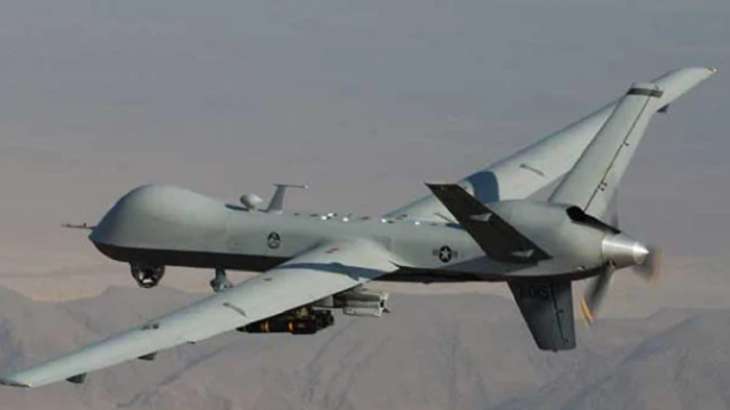
India America relations: India and the United States are keen on an early conclusion of the 30 MQ-9B Predator armed drone deal at a cost of over USD 3 billion, which will help New Delhi strengthen its overall surveillance apparatus along the Line of Actual Control (LAC). and Indian Ocean.
In the work that has been going on for more than five years, “the ball is now in India’s court”, officials familiar with the development said on Wednesday without elaborating.
The MQ-9B Predator armed drones – 10 each for the three services – are considered a vital part of India’s national security and defense needs.
Officials did not elaborate further, but denied that any bureaucratic hurdles or regulatory issues were involved.
Assistant Secretary of State for Political Military Affairs Jessica Lewis told reporters when asked about the delay in the deal announced in the summer of 2017, “I’ll have to go back and investigate on that.”
It has been pending for a long time due to publicly undisclosed reasons.
However, the issues are believed to have been discussed during the meetings that National Security Advisor Ajit K Doval had with the top US leadership including his counterpart Jake Sullivan.
During the meetings, both sides are understood to have expressed keenness to see that the drone deal is expedited.
India is keen that an early decision will help it get an early delivery of the MQ-98 Predator armed drones which will strengthen its national security and surveillance not only in the Indian Ocean but also along the LAC.
The Biden administration is eager to quickly sign the deal, which will create jobs and be politically beneficial ahead of next year’s presidential elections, according to people familiar with the development.
“The MQ-9B will enable its Indian military users to fly farther than anything else in its class, spend more time in the air, and handle a greater variety of missions than any other similar aircraft. SkyGuardian and SeaGuardian can deliver full-motion video in virtually any condition, day or night, as well as other types of detailed sensing with their onboard systems,” General Atomics Global Corporation Chief Executive Officer Vivek Lall told PTI .
“The aircraft can also carry a variety of specialist payloads if they need to be adapted to a specific mission. For example, a SkyGuardian becomes a SeaGuardian when it carries a 360-degree maritime search radar that provides users with maritime domain awareness. Provides quality they can’t achieve any other way.
Lal said that artificial intelligence, machine learning and other sophisticated technologies help in unlocking the rich feed of insights from these aircraft, analyze it and deliver it to those who need it.
“Other payloads include communications relays – so the aircraft can serve as node connecting forces on land or sea – or other intelligence, surveillance or military systems. These aircraft can perform search and rescue operations, fight wildfires Can help, support customs officials, increase naval forces and do many other things.
“In short, the MQ-9B is the premier multi-role, long-endurance remotely piloted aircraft in the world today. It is in high demand. Japan, Belgium, Great Britain and many other countries are flying or on track to fly them.” But there are,” said Lal.
Earlier in the day, Lewis, Assistant Secretary of State for Political Military Affairs, told reporters that the India-US defense relationship has gained momentum.
“When we look at the relationship with India and our security cooperation with India and our defense relationship with India over the last 10 years or so, we have really seen that growth and development and change… in a very positive way , Lewis said in response to a question.
“I think all discussions (during this week’s ICET dialogue) are in that context,” he said, a day after the two countries launched ambitious initiatives in critical and emerging technologies.
“Everything from the idea of Indian purchases and or competition of American systems and India when they are competing for specific systems, to all kinds of relationships between our Department of Defense, the Ministry of Defense. So we see this as a place where we want to continue to work together.”
“Without going into any of the details of the conversation, I think it’s a very rich conversation right now. And one that we are deeply committed to not only continuing but developing,” Lewis said.
Responding to a question, the State Department official said the US stands ready to help diversify India’s defense needs.
“When it comes to India, I think there’s a whole host of options. Obviously, we need to work closely with the Indian government, see what the needs are. But I think we have additional systems There’s a lot of options in terms of being able to find, find ways to collaborate. Obviously respects India’s own kind of rules of the game in terms of how it works. And there’s a lot more that we can do as a together and hope we can continue to work on that,” Lewis said.
read also , Joe Biden invites PM Modi for state visit to US this summer: Report
Read this also | Antony Blinken met Doval, said- America is increasing cooperation with India to deal with global challenges